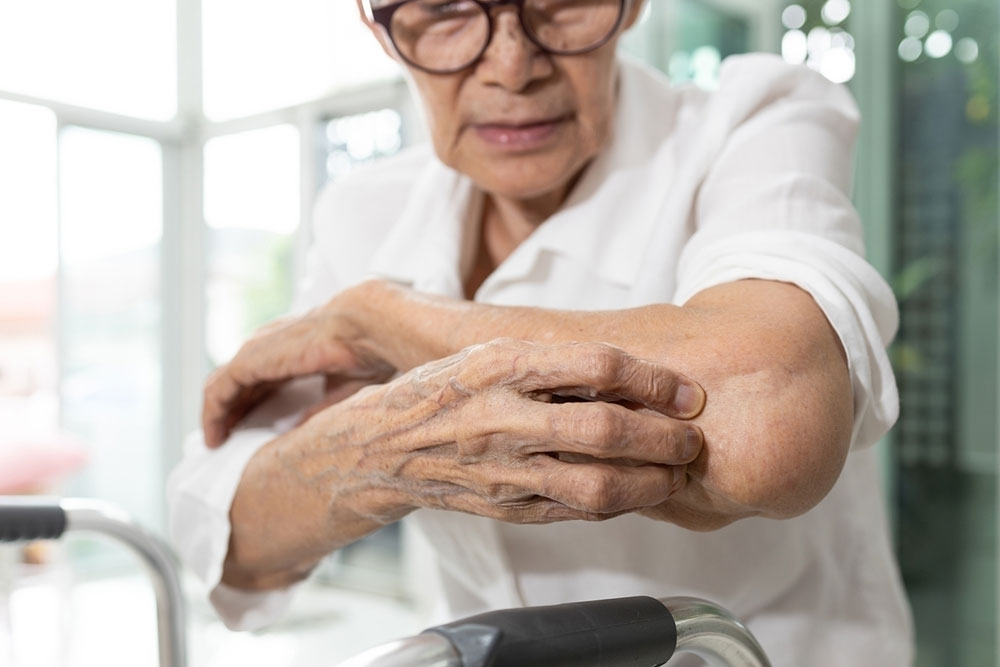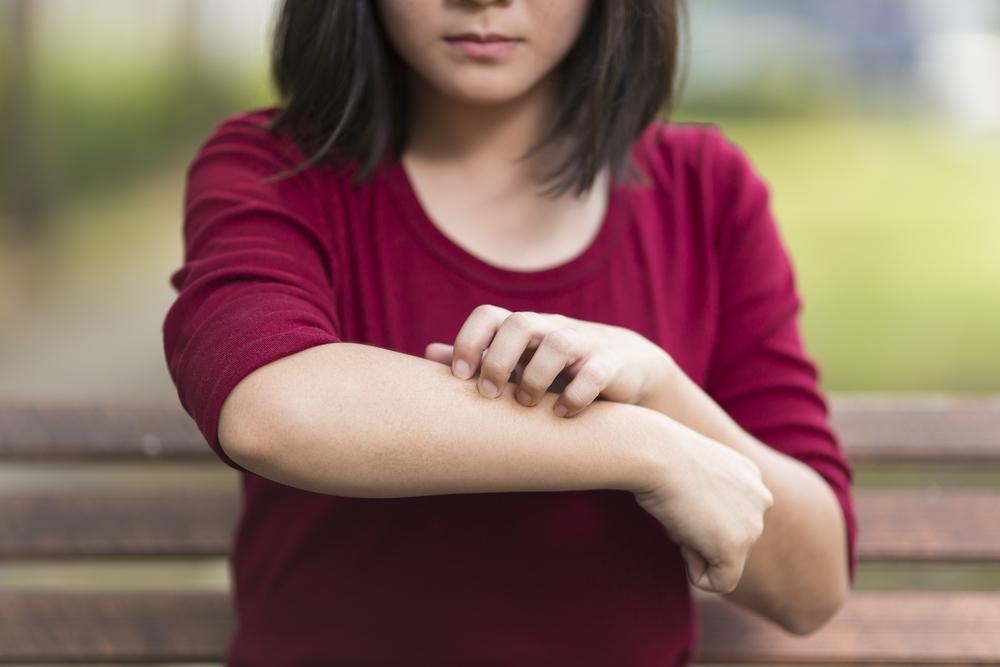Comprehensive Guide to Elderly Itch Relief: Causes, Symptoms, and Effective Management Strategies
This comprehensive guide explores the causes, symptoms, and management strategies for elderly pruritus. It emphasizes the importance of understanding skin changes with age, recognizing triggers, and adopting effective remedies such as moisturization, gentle cleansing, and home treatments. The article aims to help seniors and caregivers alleviate discomfort, prevent complications, and improve quality of life through proactive skin care and environmental management.

Comprehensive Guide to Elderly Itch Relief: Causes, Symptoms, and Effective Management Strategies
As individuals grow older, their skin undergoes significant changes that can lead to increased discomfort due to persistent itching. The thinning of the skin, reduction in natural oils, and a compromised barrier function make seniors more prone to dryness, irritation, and an array of skin conditions that cause itching. Understanding these alterations, recognizing the common causes and symptoms, and applying effective management techniques are crucial for enhancing quality of life for elderly individuals.
Understanding Why Elderly Skin Becomes Prone to Itching
The aging process inherently alters skin physiology, rendering it more susceptible to irritation and inflammation. With the loss of collagen and elastic fibers, the skin becomes thinner and less resilient, reducing its ability to retain moisture and fend off external triggers. Several internal and external factors can cause or exacerbate itching in seniors, making it necessary to approach this issue holistically.In addition to skin aging, external environmental factors such as low humidity, temperature fluctuations, and specific fabric types can worsen dryness and irritation. Internal health conditions, including immune system compromise, allergies, and certain medications, also play a critical role in the development of itching symptoms among older adults. Recognizing the multifaceted causes of pruritus helps in tailoring effective treatment strategies.
Primary Causes of Itching in Seniors
Delving deeper into the causes reveals a complex interplay of factors, both external and internal:Dehydrated, Dry Skin
One of the most common reasons for itching in the elderly, dry skin results from diminished moisture retention capabilities. As sebaceous gland activity decreases with age, the skin’s natural oils decline, leading to roughness and peeling. Environmental factors like cold air, low indoor humidity, and frequent hot showers can further strip moisture, leading to persistent dryness and itching.
Chronic Skin Conditions: Eczema and Dermatitis
Autoimmune conditions such as eczema or atopic dermatitis can create persistent skin inflammation, tearing, and barrier disruption. These conditions facilitate moisture loss while making skin more vulnerable to irritants like fragrances, bacteria, or dust mites, which can trigger bouts of intense itchiness.
Allergic Reactions and Contact Sensitivities
Exposure to certain allergens—such as specific fabrics, household cleaning chemicals, pet dander, or particular foods—can lead to allergic contact dermatitis, characterized by redness, swelling, and itching. Even seemingly innocuous substances may induce allergic responses in sensitive seniors.
Hives and Histamine Release
Hives involve an allergic reaction where the body releases histamines, causing blood vessel leakage, swelling, and localized itching. Hives can appear suddenly and may be triggered by various allergens or stress, causing discomfort and distress.
Recognizing the Symptoms of Itchy Skin in the Elderly
Detection of specific symptoms helps in timely intervention and management:Persistent or intermittent discomfort and itchiness in affected areas
Redness, swelling, or inflammation around itchy patches
Visible skin changes such as bumps, blisters, or discoloration
Scratches that lead to irritated, flaky, or leathery patches
Scaling or thickened skin due to chronic scratching
Effective Strategies to Soothe and Manage Elderly Itching
Due to sensitive and aged skin, seniors require gentle yet effective remedies to break the itch-scratch cycle. Implementing a comprehensive skincare routine, lifestyle adjustments, and soothing home remedies can significantly improve comfort:Consistent Moisturization
Regular application of rich emollients and hydrating creams restores skin moisture, enhances barrier function, and reduces irritation. Use products formulated specifically for sensitive or aging skin.
Paraffin Wax Therapy
Warm paraffin wax treatments create a protective moisture barrier, especially beneficial for eczema, psoriasis, or severely dry skin. Be cautious to ensure the wax is at a safe temperature to prevent burns.
Gentle Cleansing Practices
Use hypoallergenic, fragrance-free cleansers designed for delicate skin to avoid stripping away natural oils. Avoid harsh soaps and excessive washing which can worsen dryness.
Cool Compresses for Immediate Relief
Applying a clean, cold cloth directly on itchy areas can temporarily reduce inflammation and soothe discomfort. Home remedies or commercially available cold packs are effective for short-term relief.
Lifestyle Modifications and Precautions
Maintain optimal indoor humidity with humidifiers, wear loose and breathable clothing made from natural fibers, and avoid known allergens. Managing stress and maintaining good overall health can help reduce the severity of skin reactions.
Addressing elder pruritus requires a multidisciplinary approach, combining skincare, environmental control, and medical consultation to effectively reduce symptoms and improve seniors’ quality of life. Early identification of triggers and diligent skincare routines are key components in preventing chronic discomfort and skin damage.
In conclusion, understanding the aging skin’s nuances and implementing targeted, gentle interventions can vastly improve comfort and overall health for elderly individuals plagued by persistent itching. Regular consultation with dermatologists and healthcare providers is recommended to tailor personalized care strategies for each senior’s unique needs.




